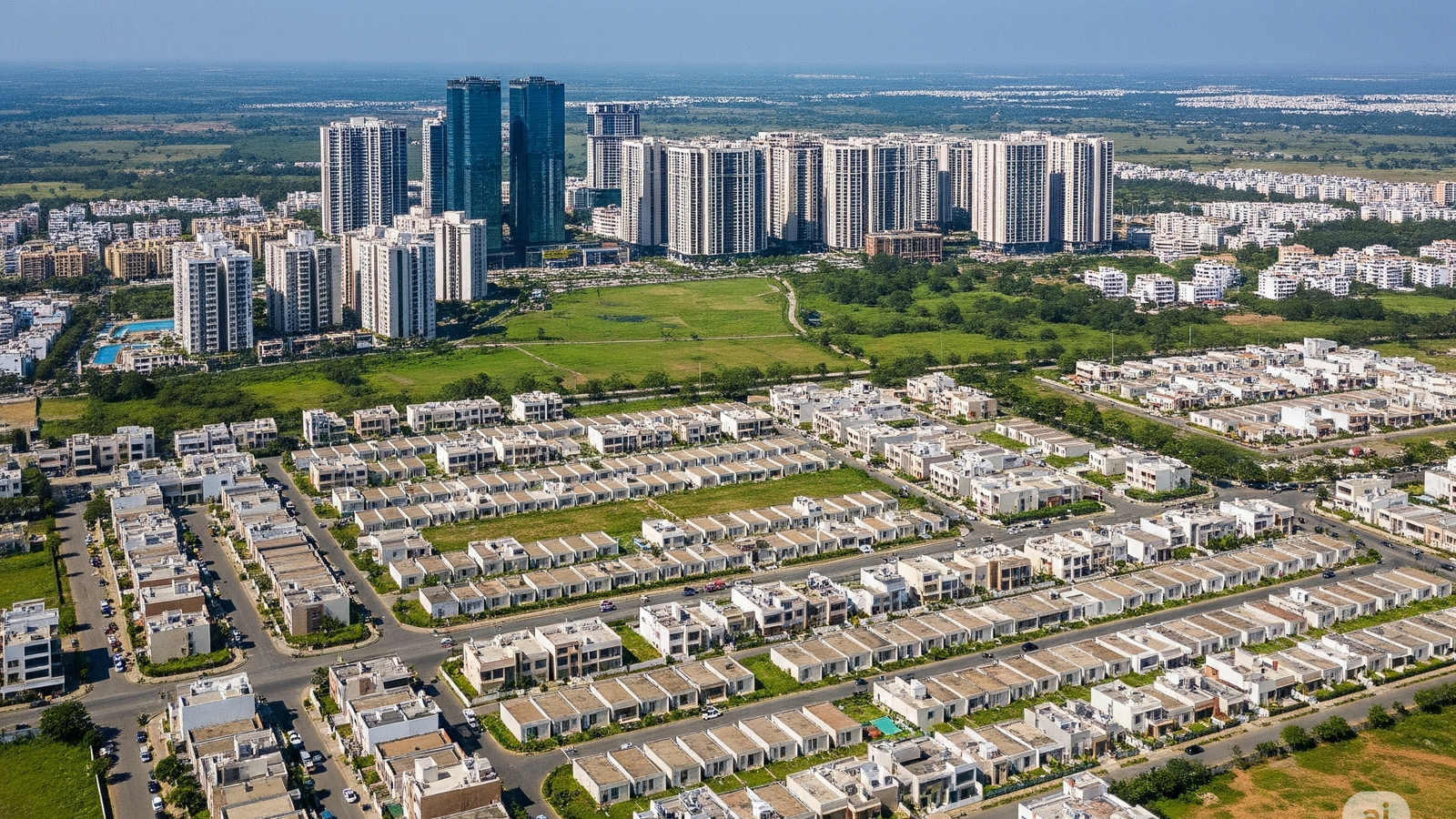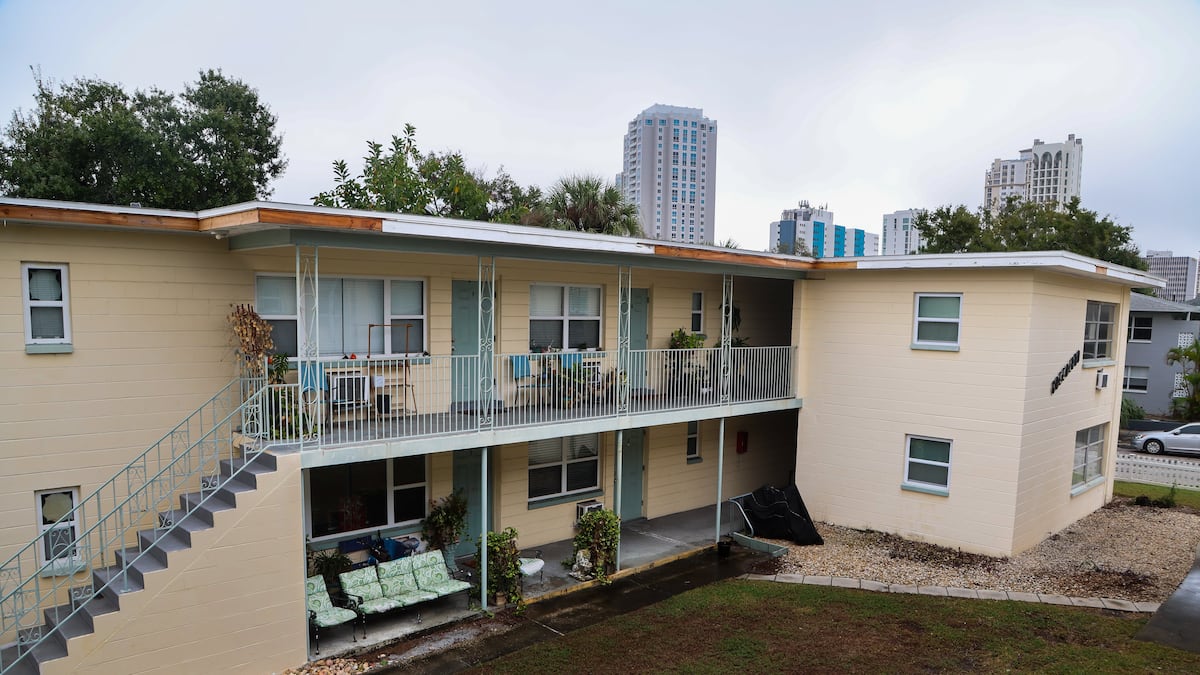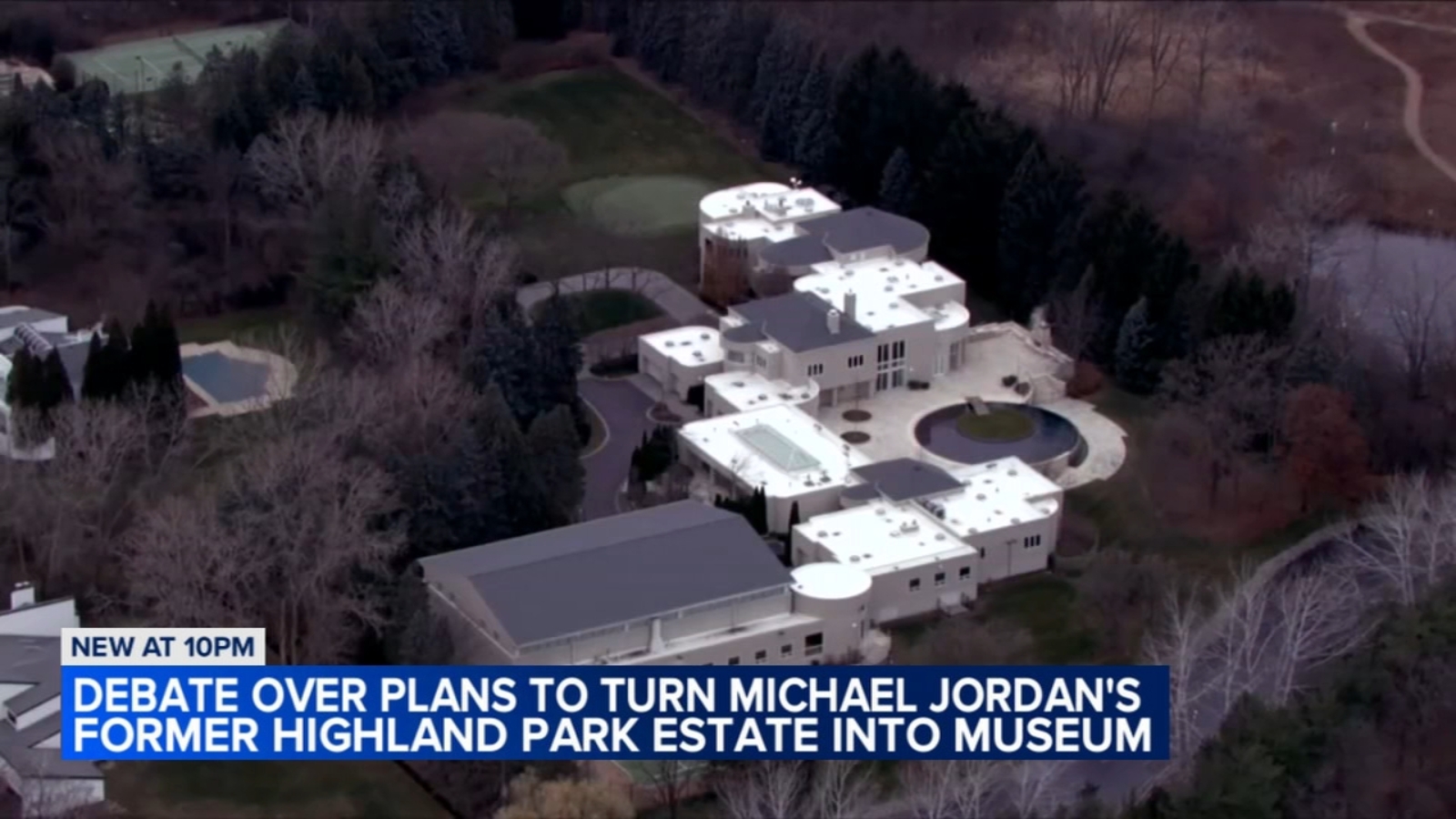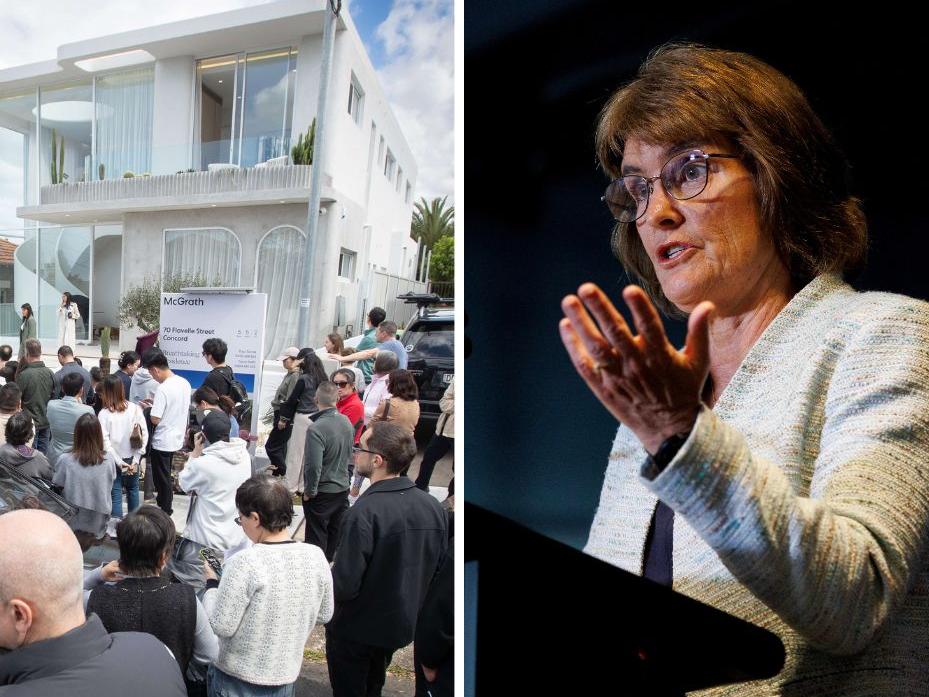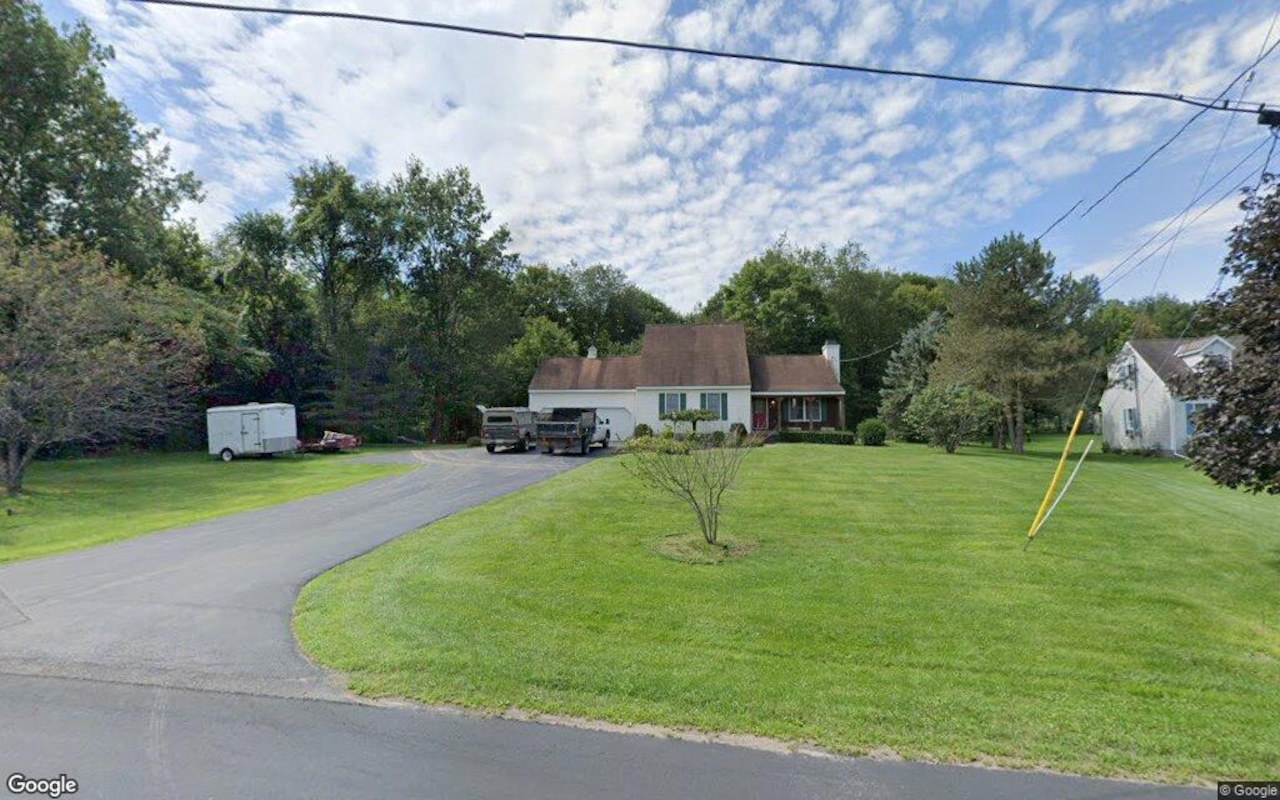T
ier-II cities across India are witnessing a significant surge in office space leasing, marking a shift in the country's commercial real estate landscape. Cities like Coimbatore, Mysuru, and Bhubaneswar are emerging as growth destinations as companies look beyond traditional metros like Bengaluru, Mumbai, and Delhi-NCR.
Real estate experts attribute this trend to factors such as availability of skilled talent, cost advantages over Tier-I cities, supportive policy frameworks, and the growing acceptance of remote and hybrid work models. Demand for office space in Tier-II and III cities has risen consistently, driven by a wave of startups, particularly in the tech sector.
Leading flexible workspace operators are expanding their presence in these markets, signaling confidence in their long-term growth potential. Experts say rapid urbanisation, infrastructure upgrades, and rising employment opportunities can spur commercial real estate growth in multiple Tier-II and III cities.
These cities are likely to complement established office markets over the next few years. In recent years, several multinational companies have leased over 10.87 lakh square feet of office space in Coimbatore, marking a significant shift in commercial real estate activity in the city.
Real estate experts note that Tier-II and III cities offer significant cost arbitrage over Tier-I cities, making them increasingly attractive for businesses. Office rents in these cities are 30-50% lower than in Tier-I cities, with average rents ranging from ₹40-60 per sq ft in cities like Indore, Kochi, and Visakhapatnam.
The widespread adoption of remote and hybrid work models has encouraged many to extend their stay in non-metro locations. Driven by ample availability of land, local talent, and substantial cost advantage offered by non-metro cities, companies are adopting the hub-and-spoke model to cater to the growing requirement of employees to work from non-metro cities.
Despite the recent uptick in demand and supply for Grade A office spaces, real estate experts caution that Tier-II and III cities must overcome several hurdles to unlock their full long-term potential. Major challenges include limited stock of high-quality office spaces, a lack of diverse and well-paying job opportunities, delays in infrastructure development, and inconsistent access to essential urban amenities.
Real estate developers must display consistency in project delivery and quality to ensure that the office market growth in these cities does not plateau. Addressing these potential pitfalls is crucial in ensuring sustained growth in Tier-II and III cities.
